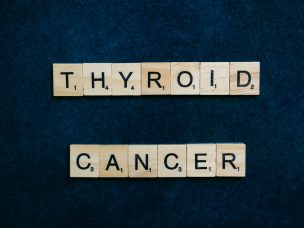Patients with NMOSD who develop the condition at a later age are at a higher risk of experiencing severe symptoms.
An inflammatory condition of the central nervous system known as neuromyelitis optica spectrum disorder (NMOSD) is characterized by recurrent episodes of optic neuritis (ON) and longitudinally widespread transverse myelitis.
Patients with NMOSD who have an older age of onset are more likely to experience frequent transverse myelitis, less frequent optic neuritis and brainstem/cerebral attacks, less frequent relapses, and longer spinal cord lesion segments. Additionally, these patients are more likely to have a more aggressive disease progression and severe disability. These findings are reported in a study published in Frontiers in Immunology.
The age of onset of NMOSD strongly influences the clinical features of the disease. Patients with early onset of disease (age <50 years) exhibit different outcomes and related symptoms compared to those with late onset of disease (age >70 years) or relative late onset of disease (age between 50 to 69 years). The presence of aquaporin-4 immunoglobulin G antibody (AQP4-IgG) in the serum is a reliable marker for prognosis of the disease.
Optical Disorders and Brain-Related Syndromes
In patients with NMOSD, the age of disease onset has a significant impact on clinical features and disease outcome. Specifically, optic neuritis and brain/cerebellum occurrence tend to decrease as initial attack with increasing onset age, while transverse myelitis tends to increase with onset age. This indicates that young patients are more susceptible to vision and brain problems, while spinal cord problems are more common in adults.
Relapse Frequency Decreases With Age
Relapsing frequency is inversely correlated with age, meaning that younger patients tend to experience more relapses. According to this study, annual relapse rate was not significantly correlated with onset age.
Mobility Disorder and Worse Prognosis
Research indicates that individuals who develop NMOSD at a later age are more likely to experience motor disabilities and other severe symptoms. It has been observed that these outcomes progress rapidly with increasing age, which may be attributed to an impaired repair mechanism and a higher proportion of transverse myelitis.
Age at Onset Linked to Longer Spinal Cord Lesions
The study results revealed that patients with very-late-onset NMOSD and late-onset NMOSD had longer spinal cord lesion segments at their initial attack and last follow-up than patients with rapid-onset NMOSD and early-onset NMOSD.
Further investigations are needed to understand the underlying mechanisms and potential treatments for individuals with NMOSD.
Source:
Hu, Y., Sun, Q., Yi, F., Yao, L., Tian, Y., Tang, H., Luo, M., Xie, N., Wang, Z., Liao, X., Zhou, L., Xu, H., & Zhou, Y. (2022). Age of onset correlates with clinical characteristics and prognostic outcomes in neuromyelitis optica spectrum disorder. Front Immunol, 13, 1056944. https://doi.org/10.3389/fimmu.2022.1056944










